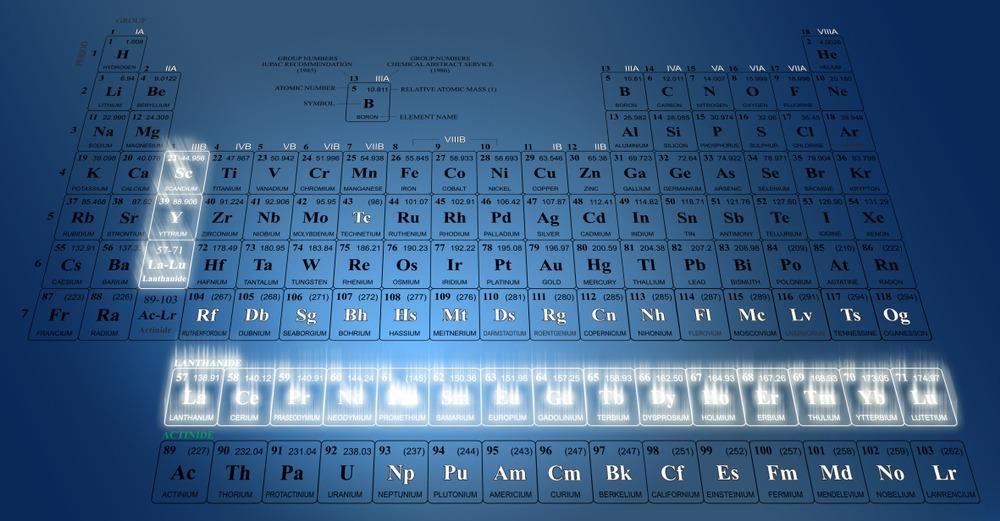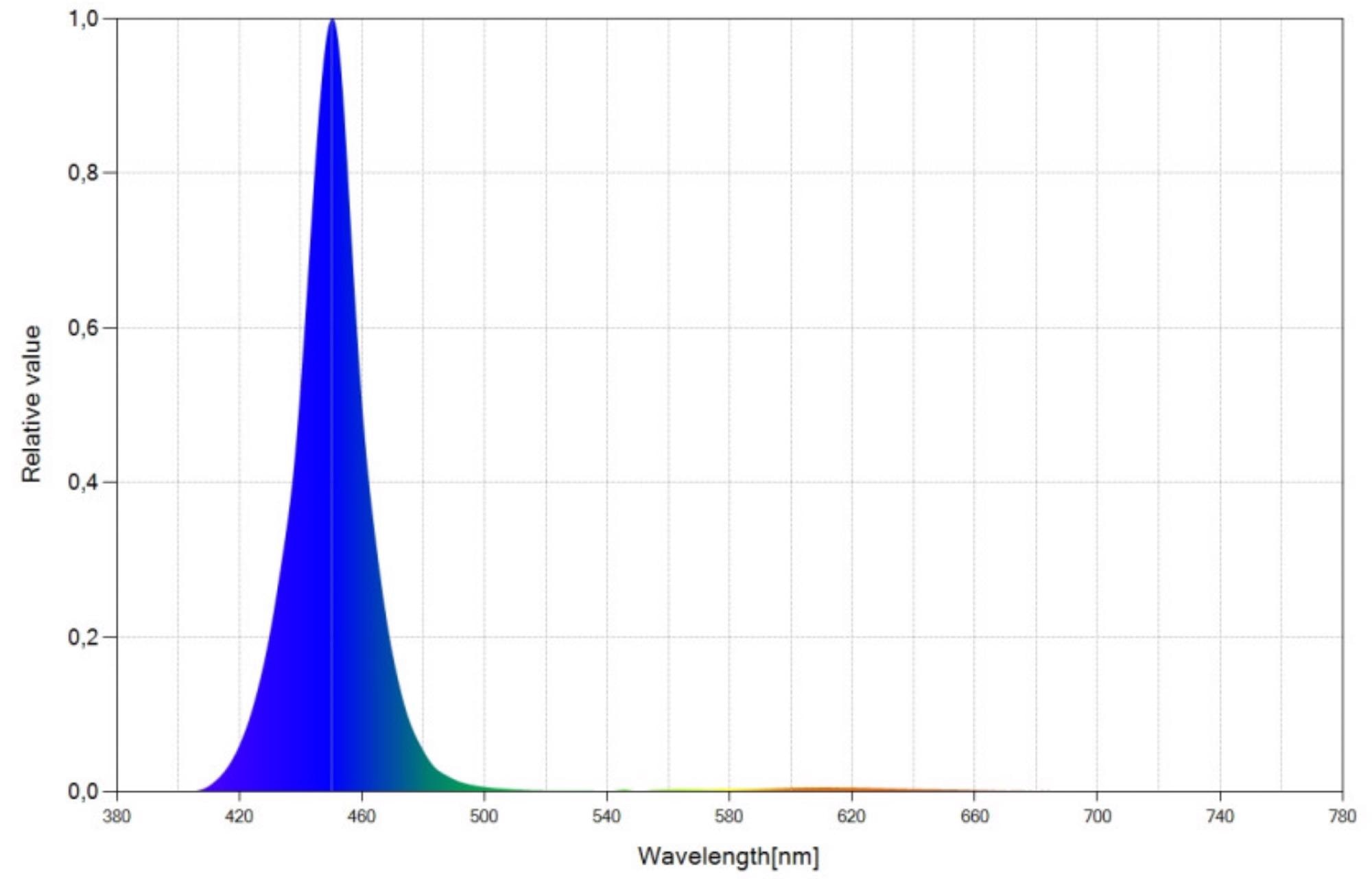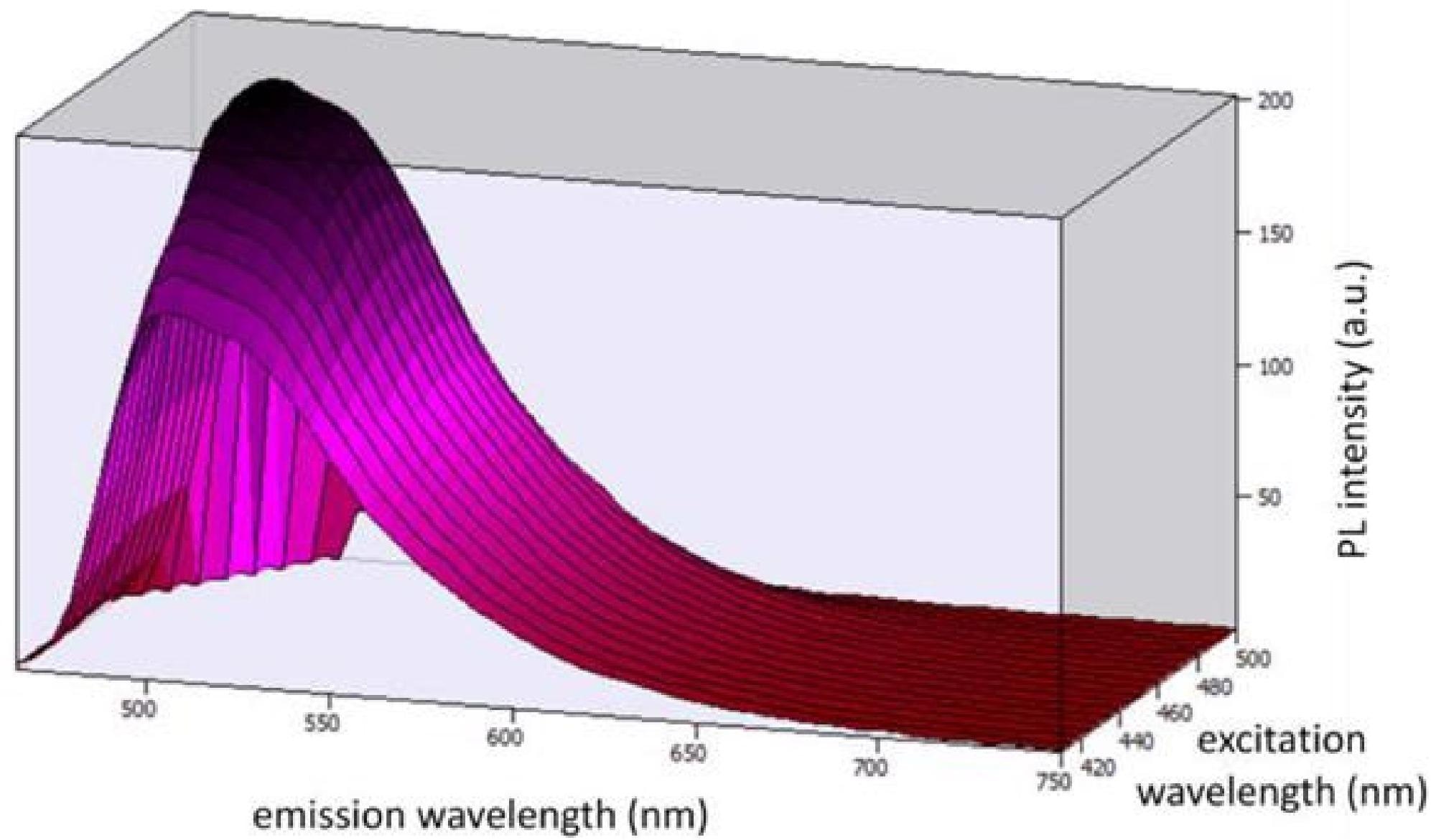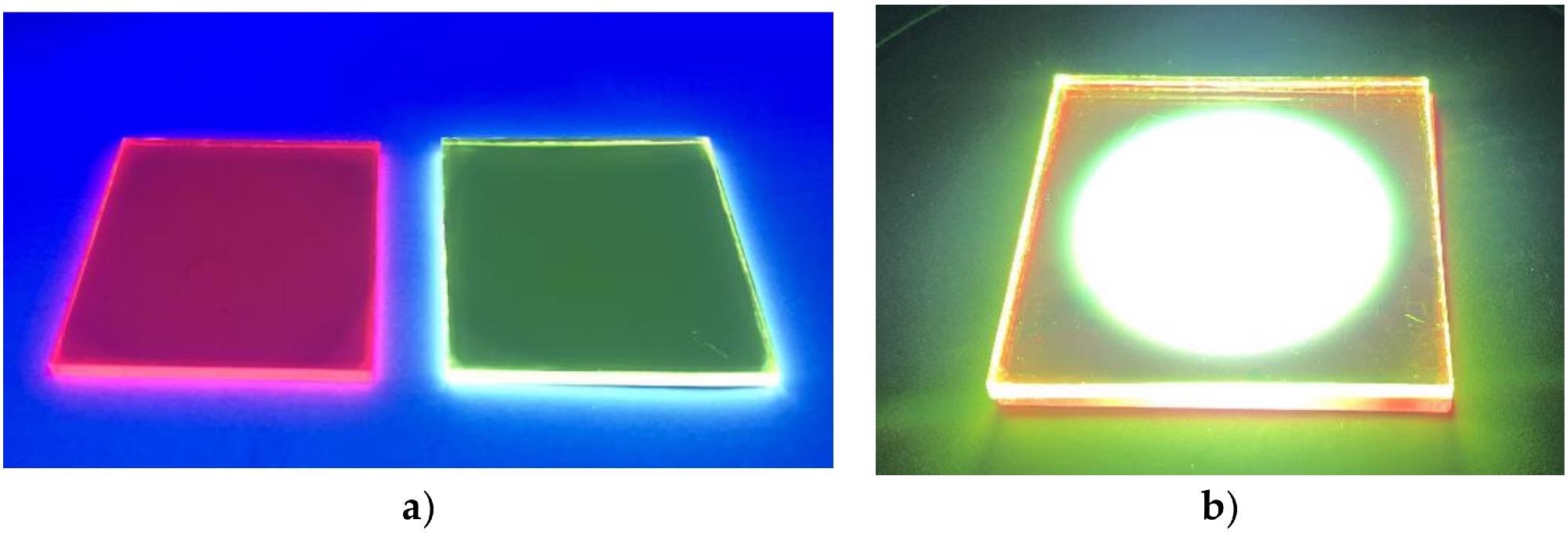 By Surbhi JainReviewed by Susha Cheriyedath, M.Sc.Mar 1 2022
By Surbhi JainReviewed by Susha Cheriyedath, M.Sc.Mar 1 2022In an article recently published in the open-access journal Materials, the researchers reported the development of white light-emitting diodes (WLEDs) by using rare-earth-free luminescent materials.

Study: Sunlike White Light-Emitting Diodes Based on Rare-Earth-Free Luminescent Materials. Image Credit: EnemyPTBAE/Shutterstock.com
Background
Solid-state lighting (SSL) sources that are based on light-emitting diodes are a new generation of energy-saving illumination solutions. In the field of solid-state lighting, developing WLEDs having a combination of high color rendering index (CRI) and good deep-red color rendering R9 is a major difficulty.
The majority of WLEDs, on the other hand, rely on rare-earth inorganic luminous materials. In 15 years, the yearly demand for rare-earth metals is doubled, with a projection of 315,000 tons in 2030. The rapid growth in demand for these materials, along with a monopolistic supply source, poses a serious threat to WLED development in the next years.

Spectral power distribution (SPD) chart of the selected blue LED. Image Credit: Velazquez, A. M et al., Materials
Due to potential qualities such as solution processability, cost-effectiveness, and low toxicity, organic luminous materials are intriguing candidates as spectral converters for photonic technologies with applications in various industries such as photovoltaics, farming, ophthalmology, and so on. The usage of luminous organic compounds in LED lighting is a viable and promising option. To achieve improved emissions covering the full visible range as well as good quality light, the proper UV/blue LED and luminescent chemical system (phosphors) must be chosen.
About the Study
In the present study, the authors presented the development of a WLED with a color rendering index (CRI) of 95.7 and an R9 of 78.7 that was created by utilizing a multilayer remote phosphor setup with a blue LED chip acting as an excitation source and two luminescent organic dyes (Lumogen Red and Coumarin 6) acting as spectral converters.
They reported the fabrication of a novel rare-earth-free WLED with suitable CRI and R9 values. The development of a WLED system based on a blue LED chip and two luminous organic dyes were also presented. This gadget reproduced the sun spectrum with enhanced values of the colorimetric characteristics like CRI and R9.
The development of 39 different WLEDs was illustrated in this study. These WLEDs acted as spectral converters using a blue LED and a series of luminescent organic materials in distant phosphor combinations. An LED chip that emits light in the (410–500 nm) region was employed as an excitation source.
The luminous organic dyes were embedded in a PMMA polymer matrix with a high degree of optical transparency. Thin films of these composite systems (polymeric matrix and luminous species) were deposited on glass. To increase spectral conversion adaptability, the authors developed monolayer and multilayer WLEDs with variable dye concentrations, resulting in a very high-quality light.

Three-dimensional photoluminescent spectra under the excitation wavelengths from 410 nm to 500 nm. Image Credit: Velazquez, A. M et al., Materials
Observations
In this study, the researchers observed that the emitted light's spectrum was broadened to include the whole visible spectrum, which was found responsible for the enhanced CRI score. The light emission from the blue LED chip, Coumarin 6, and Lumogen Red was represented by three peaks in the spectral power distribution. The important R9 parameter, which achieved a value of 78.7, was among one of the CRI points that attained extremely high values.
With the WLED-11-I, the excellent CRI value of 95.7 and R9 value of 78.7 were reached. With WLED-18-I, the highest R9 value of 87.1 was achieved, but the obtained CRI value of 85.4 value was noticeably compromised. In terms of CRI, WLED-11 achieved the highest value CRI value of 96.3 and simultaneously achieved a favorable and good R9 value of 66.3.
Furthermore, it was observed that a successful color rendering of lighted objects could be achieved by using organic materials in WLEDs. It was also shown that the proposed organic dyes operated as distant phosphors and were pumped by a blue LED chip. The resulting WLED generated a white light with extremely high CRI and R9 values of 95.7 and 78.7, respectively.
It was also determined that these were the best-published numbers for a WLED using organic materials as spectral converters. This study also demonstrated the great potential of this type of material in the future LED industry.

(a) Photoluminescent red-emitting and green-emitting converters embedded in a PMMA matrix and coated on glass under exposure to blue light. (b) White light emitted by the WLED-11-I device. Image Credit: Velazquez, A. M et al., Materials
Conclusions
In conclusion, this study elucidated that WLEDs are one of the most promising next-generation lighting technologies with lower worldwide power consumption. The authors observed that WLEDs have a high luminous efficiency while consuming less power. It was also determined that WLEDs currently employ a single semiconductor chip to generate light, which is normally blue, and then use rare-earth luminescent materials to change the hue to white.
The authors also evaluated that the rare-earth elements are subject to a monopoly, and their limited availability and high cost could jeopardize the LED business. The authors emphasized that in the photonics business, organic luminous materials are gaining popularity. Overall, the authors believe that among their various uses, their potential use as spectral converters in artificial lighting is gaining significant attention, and they are a prospective alternative to rare-earth elements.
Disclaimer: The views expressed here are those of the author expressed in their private capacity and do not necessarily represent the views of AZoM.com Limited T/A AZoNetwork the owner and operator of this website. This disclaimer forms part of the Terms and conditions of use of this website.
Source:
Velazquez, A. M., Morales, D., Garcia-Delgado, A. B., Sunlike White Light-Emitting Diodes Based on Rare-Earth-Free Luminescent Materials. Materials 15(5), 1680 (2022). https://www.mdpi.com/1996-1944/15/5/1680